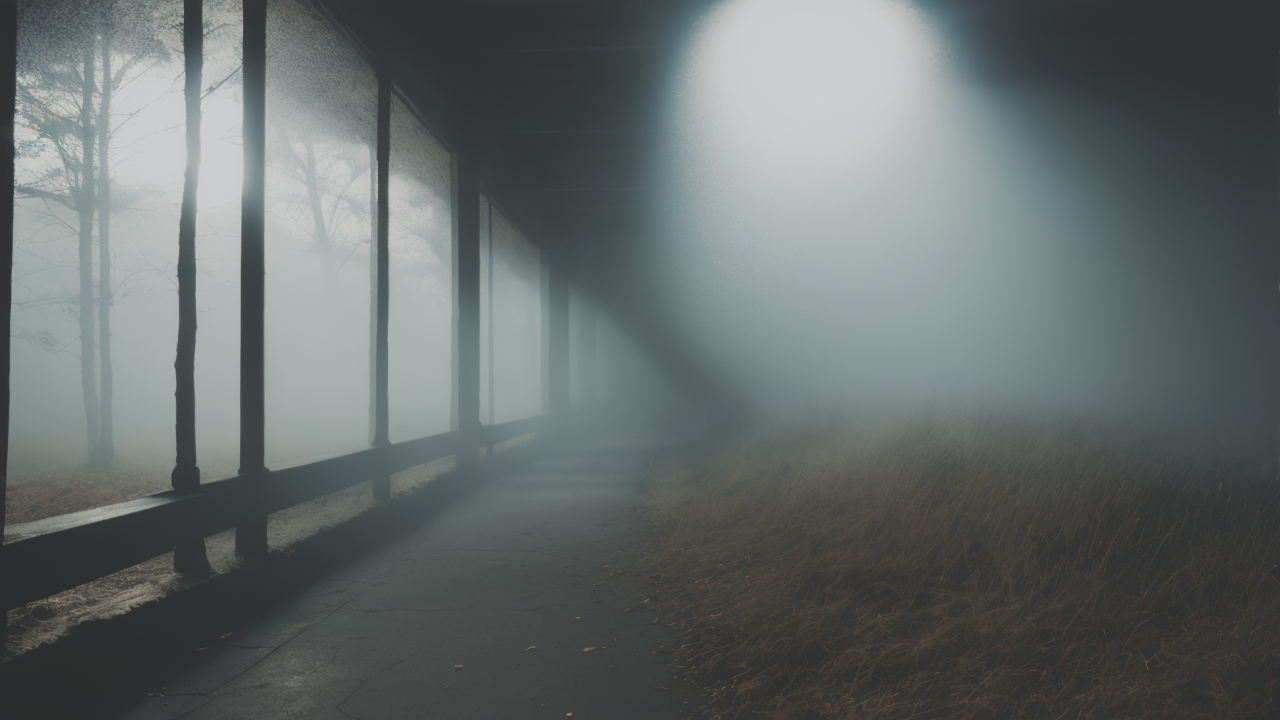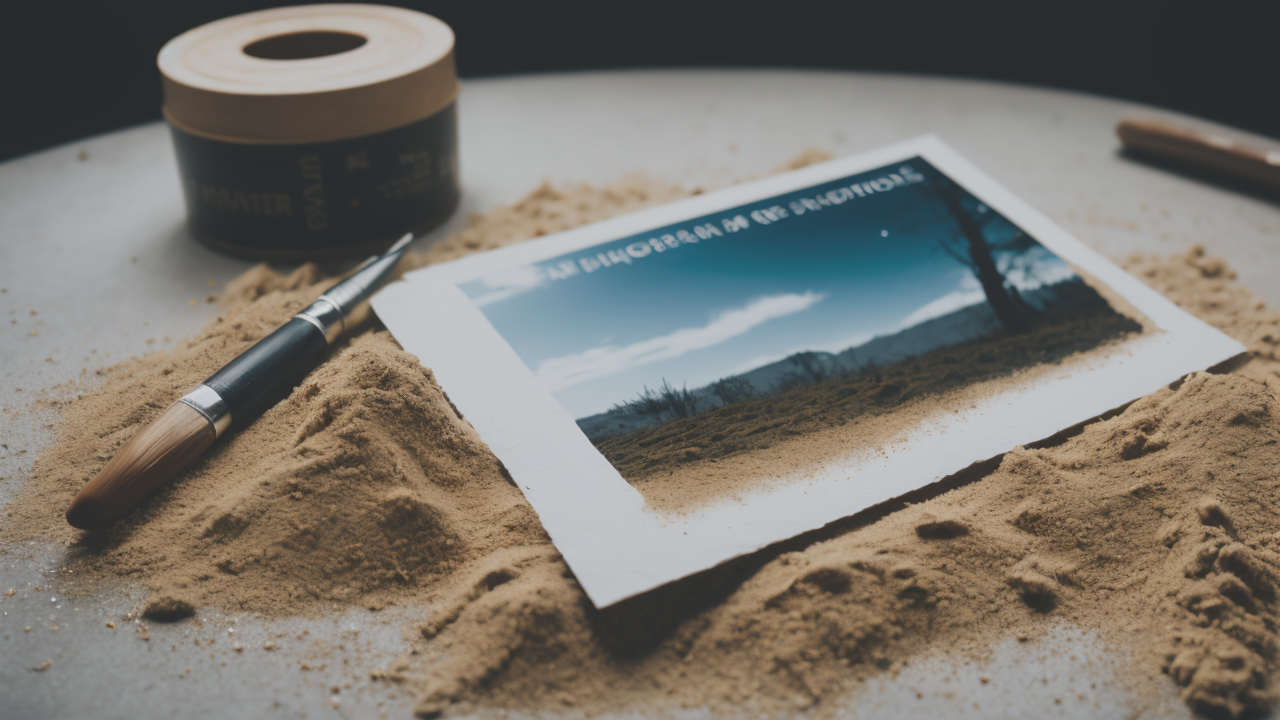
The Art of Imperfection: How Wabi-Sabi Principles Enhance Vibrant Abstract Wall Art
The Essence of Wabi-Sabi in Modern Wall Art
Understanding the Aesthetic of Imperfection
Wabi-sabi is a Japanese concept that finds beauty in imperfection. In modern wall art, it brings a unique charm. This style embraces flaws and asymmetry. It values simplicity and naturalness. Wabi-sabi art often shows weathered textures and muted colors. It may have cracks, chips, or uneven edges. These 'flaws' are seen as beautiful marks of time and use. They tell a story of the art's journey. This approach creates pieces that feel authentic and lived-in. It's a refreshing contrast to mass-produced, perfect items. Wabi-sabi art invites viewers to appreciate subtle details. It encourages a slower, more mindful way of seeing beauty.

The Origins and Philosophy Behind Wabi-Sabi Art
Wabi-sabi has deep roots in Japanese culture. It developed from Zen Buddhism principles. The term 'wabi' refers to simplicity and humility. 'Sabi' means the beauty of age and wear. Together, they form a worldview that accepts impermanence. This philosophy sees beauty in the natural cycle of growth and decay. In art, it translates to creating pieces that embrace these ideas. Wabi-sabi art often uses natural materials. It leaves traces of the artist's hand visible. The goal is not perfection, but authenticity. This approach values the unique over the uniform. It finds poetry in the modest and understated. Wabi-sabi art reminds us to find joy in life's fleeting moments.
Implementing Wabi-Sabi Techniques in Wall Art
Tools and Materials for Creating Authentic Wabi-Sabi Art
To create wabi-sabi wall art, you need simple, often natural materials. Here's a list of common tools and supplies:

- Natural fibers like jute or linen for canvases
- Handmade or recycled paper
- Earth-toned paints and pigments
- Textured brushes or unconventional tools (like twigs or sponges)
- Natural dyes from plants or minerals
- Clay or ceramic for sculptural elements
- Weathered wood or metal for frames or bases
- Sand, soil, or ash for added texture
- Natural glues or binders
The key is to choose materials that age gracefully. Avoid synthetic or overly processed items. Tools should allow for imperfect strokes or marks. The goal is to create art that looks and feels organic. These materials help artists embrace chance and imperfection in their work.
Step-by-Step Guide to Crafting Wabi-Sabi Wall Art
- Start with a natural base: Choose a canvas or surface with visible texture.
- Prepare your workspace: Set up in a calm, uncluttered area to focus on the process.
- Select your palette: Use earthy, muted colors that mimic nature's hues.
- Begin with mindfulness: Take a moment to center yourself before starting.
- Apply base layers: Use broad, imperfect strokes to create a foundation.
- Add texture: Incorporate natural elements like sand or dried leaves.
- Create depth: Layer colors and materials, allowing some to show through others.
- Embrace accidents: If paint drips or materials crack, see it as part of the art.
- Let it breathe: Leave some areas untouched to create balance.
- Add finishing touches: Use subtle details to draw the eye without overwhelming.
- Step back: View your work from different angles and distances.
- Let it age: Allow the piece to naturally change over time, embracing its evolution.
Remember, the process is as important as the result in wabi-sabi art. Take your time and enjoy each step.
Wabi-Sabi Art in the United States: A Trendsetting Movement
The Rise of Wabi-Sabi Art in Home and Commercial Spaces
Wabi-sabi art is gaining popularity in the United States. It's showing up in homes, offices, and public spaces. This trend reflects a growing desire for authenticity and mindfulness. In homes, wabi-sabi art adds warmth and character to modern interiors. It softens sleek designs with its organic forms. Many homeowners are choosing handmade wabi-sabi pieces over mass-produced art. In commercial spaces, wabi-sabi art creates a calm, welcoming atmosphere. It's common in wellness centers, boutique hotels, and high-end restaurants. These businesses use wabi-sabi art to stand out and create unique experiences. The style also aligns with eco-friendly and sustainable design trends. As more people seek balance in their fast-paced lives, wabi-sabi art offers a visual respite.

How Wabi-Sabi Art Influences Artists and Audiences
Wabi-sabi art is changing how artists work and how audiences perceive art. For artists, it offers freedom from perfectionism. They can explore new techniques without fear of 'mistakes'. This approach often leads to more authentic and expressive works. Many artists find the process of creating wabi-sabi art meditative. It encourages them to slow down and be present in their craft. For audiences, wabi-sabi art offers a new way of seeing beauty. It challenges the idea that art must be flawless to be valuable. Viewers learn to appreciate subtleties and imperfections. This can lead to a more mindful way of experiencing art and life. Wabi-sabi art also connects people to traditional crafts and natural materials. It's sparking interest in sustainable and handmade goods. As this movement grows, it's fostering a deeper appreciation for the beauty of imperfection in all aspects of life.


